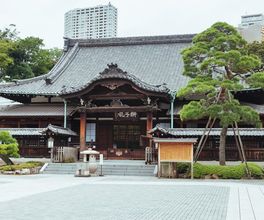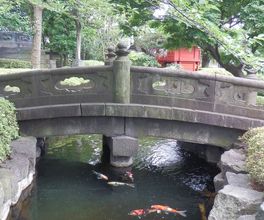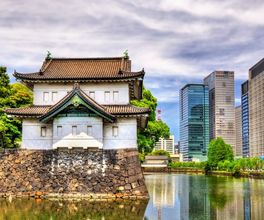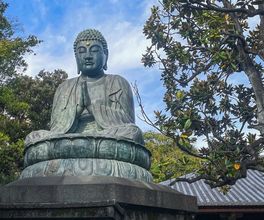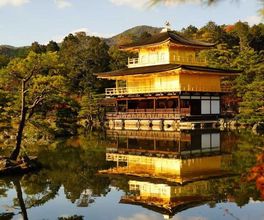




About this experience
The focus of the excursion will be the largest Shinto shrine in Tokyo - Meiji Jingu. The shrine embodies the idea of a return to traditional Japanese religion. During the excursion, we will talk about the phenomenon of Shinto-Buddhist syncretism that existed in the country for almost 9 centuries, the separation of the two religions in the late 19th century, and modern religious life in Japan. As a result, the spiritual world of the Land of the Rising Sun will become clearer to you and will help you see the history, culture, and philosophy of the Japanese in a new light.
What to Expect
The era of 'enlightened rule'
Walking through the shrine dedicated to the spirit of Emperor Meiji (Mutsuhito in life), you will learn about the period of his reign and the colossal changes that brought the country out of isolation and technological backwardness to a qualitatively new level of development. I will tell you how Japan went through political, social, and industrial revolutions after the emperor's death and how the new national idea was embodied in recognizing Shintoism as the only mandatory state religion. Let's discuss the strengths and weaknesses of Emperor Mutsuhito, historical accounts of foreign envoys, the renaming of the city to Tokyo, and why emperors adhere only to the indigenous religion and their position in the Shinto pantheon.
Shintoism and Meiji Jingu Shrine
Entering the shrine itself is not allowed according to the rules, and rituals are conducted in a specially designated area. Therefore, the tour involves a walk around the shrine's grounds and its beautiful park, where it's always pleasant to take refuge during the hot summer period. You will become acquainted with the architecture of the buildings and the philosophy of the complex layout. For example, you will learn about the temple torii gates symbolizing the transition from the real world to the world of Japanese spirits 'kami.' I will tell you about the animistic beliefs of the ancient Japanese, the basis of Shintoism, traditional rituals, and the main ideas of Japanese religion.
Shinto wedding ceremonies are often held on the grounds of this shrine, so you might witness the procession of a Japanese wedding ceremony ritual. It is a very beautiful and impressive sight.
